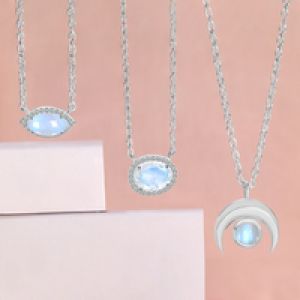LASIK vs. SMILE: Which is better?Posted by Kaira Turner on March 1st, 2023 LASIK and SMILE are both surgical procedures used to correct common vision problems, such as nearsightedness, farsightedness, and astigmatism. Both procedures are safe and effective, but they differ in the techniques used and the results they can achieve. Understanding the differences between LASIK and SMILE can help individuals to make informed decisions about which procedure is best for them. In this guide, we’re going to cover SMILE vs. LASIK eye surgeries and talk about which one is better under what circumstances. The basic differences between LASIK and SMILELASIK (Laser-Assisted In Situ Keratomileusis) and SMILE (Small Incision Lenticule Extraction) are both popular refractive surgeries for correcting common vision problems like nearsightedness, farsightedness, and astigmatism. While both procedures aim to reshape the cornea to improve vision, there are some key differences between the two.
Ultimately, the choice between LASIK and SMILE depends on your individual needs, the condition of your eyes, and the recommendations of your eye doctor. It's important to have a thorough consultation with an experienced eye surgeon to determine which procedure is best for you. Which surgery is better for which case?The choice between LASIK and SMILE surgery depends on several factors, including the patient's age, eye prescription, corneal thickness, and personal preference. LASIK is typically recommended for patients with moderate to high myopia, hyperopia, or astigmatism, and those with a thicker cornea. It is also ideal for patients who prefer a quick recovery time and minimal discomfort. On the other hand, SMILE is a good option for patients with lower degrees of myopia and astigmatism, and those who have a thinner cornea. SMILE is also beneficial for people who engage in contact sports or other activities that may cause trauma to the eye, as it has a reduced risk of flap dislocation. Ultimately, the choice between LASIK and SMILE is best made in consultation with a qualified ophthalmologist or refractive surgeon who can evaluate the patient's individual needs and help determine which procedure is most appropriate for their unique case. Check out Kansas City LASIK for the best LASIK eye surgeries. Does SMILE last as long as LASIK?There is limited long-term data on the durability of SMILE compared to LASIK, as SMILE is a newer procedure. However, the available evidence suggests that SMILE may be as durable as LASIK, if not more so. A study published in the Journal of Refractive Surgery in 2018 found that both SMILE and LASIK produced similar results in terms of visual acuity, safety, and stability up to three years after the procedures. Another study published in the same journal in 2020 also found that SMILE was safe and effective in the long term, with stable visual outcomes and low complication rates up to five years after the procedure. The study also found that SMILE resulted in less dry eye and fewer flap-related complications compared to LASIK. It's important to note that individual results may vary, and the longevity of the results depends on many factors, such as the age of the patient, their prescription, and the overall health of their eyes. It's best to discuss the potential longevity of SMILE and LASIK with an experienced eye surgeon. Final verdictLASIK and SMILE are both excellent options for correcting vision problems, offering safe and effective results for millions of individuals around the world. While both procedures are similar in many respects, they differ in the techniques used and the outcomes they can achieve. By understanding the differences between LASIK and SMILE, individuals can make informed decisions about which procedure is best for their unique needs and circumstances. Whether you're considering LASIK or SMILE, it's important to consult with a qualified eye care professional and carefully consider the benefits and risks of each procedure before making a final decision. If you’re also looking for SMILE eye procedure near me, then here are some important benefits of SMILE vs. LASIK that you should be aware of. Always consult a technician because some benefits or complications depend on your medical history as well. We get many questions regarding these surgeries. For example, what is the most pocket-friendly eye surgery procedure for me, or will insurance cover LASIK for astigmatism? It’s important to note that the actual cost or insurance coverage depends on your particular situation and a variety of factors. It’s always best to get in touch with an eye clinic or an eye surgeon in your area. Like it? Share it!More by this author |


